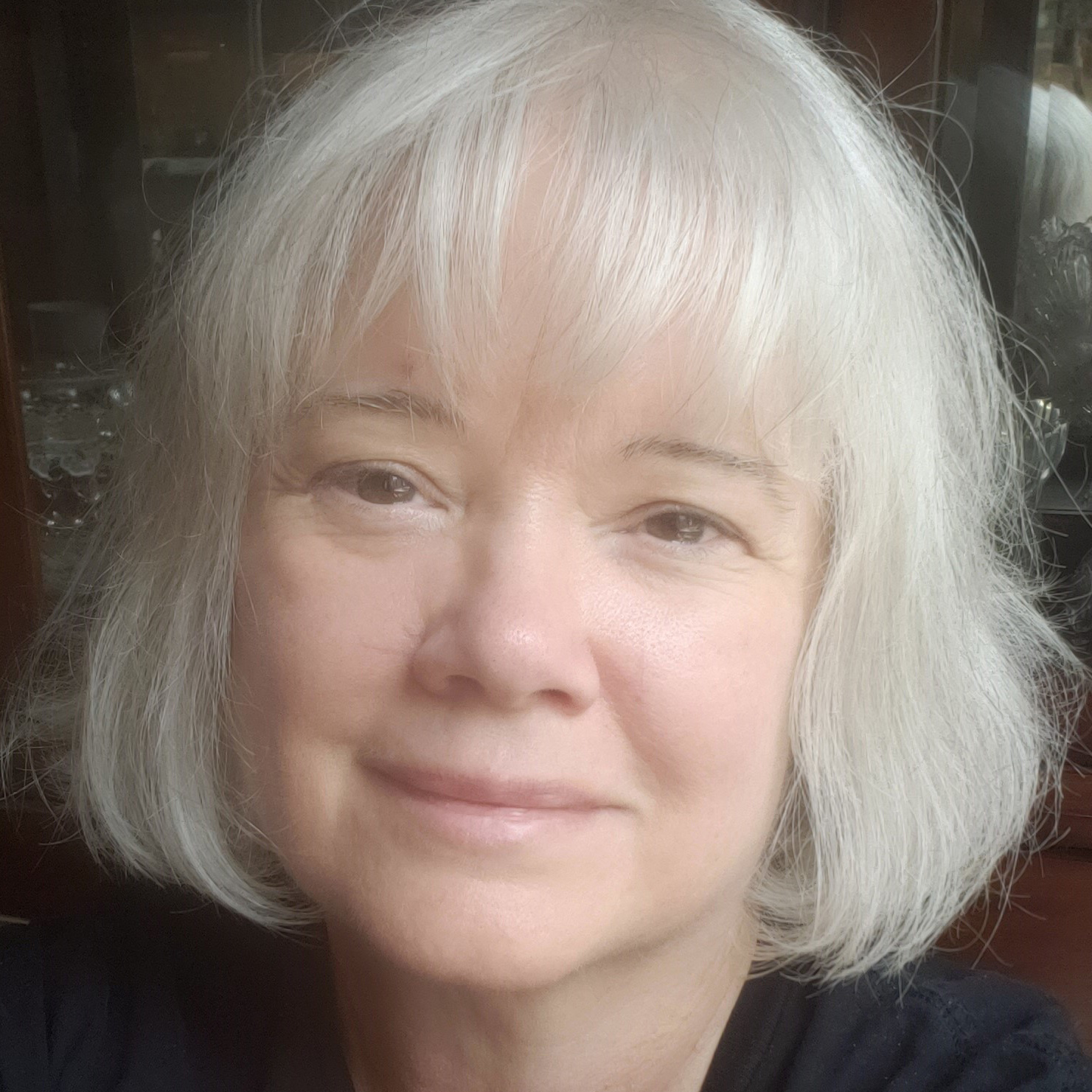"Finding Home" is now available on Amazon.
Adapting to Physical Changes: Accessible Creative Activities for Seniors
Tips for Finding and Modifying Creative Activities to Accommodate Physical Limitations as We Age
As we age, physical changes can affect our ability to engage in certain activities. However, this doesn’t mean we have to give up our creative passions. By finding and modifying creative activities, we can continue to enjoy and benefit from artistic expression. Here’s how to adapt creative pursuits to accommodate physical limitations and ensure they remain accessible and enjoyable.
The Importance of Accessible Creative Activities
Engaging in creative activities offers numerous benefits for our overall well-being:
Cognitive and Emotional Benefits
- Mental Stimulation: Creative activities keep the mind active, promoting cognitive health and preventing cognitive decline.
- Emotional Expression: Art provides an outlet for expressing emotions, reducing stress, and fostering emotional balance.
- Joy and Fulfillment: Engaging in creative pursuits brings joy and satisfaction, enhancing overall happiness.
Social Benefits
- Building Connections: Participating in group activities fosters social interaction and helps build relationships.
- Community Engagement: Creative projects provide opportunities to engage with the community and contribute to meaningful causes.
Tips for Finding Accessible Creative Activities
Here are some tips for finding creative activities that accommodate physical limitations:
Assess Your Abilities and Interests
- Identify Strengths: Consider your current physical abilities and focus on activities that align with your strengths and interests.
- Explore New Interests: Be open to exploring new creative pursuits that might be more accessible given your physical condition.
Modify Activities for Accessibility
- Adaptive Tools: Use adaptive tools and equipment designed to accommodate physical limitations. For example, ergonomic paintbrushes, larger knitting needles, or digital art tools.
- Seated Options: Choose activities that can be done while seated, such as drawing, knitting, or writing.
- Low-Impact Activities: Engage in low-impact creative activities that don’t strain the body, such as collage making, jewelry designing, or music appreciation.
Seek Out Inclusive Opportunities
- Community Programs: Look for community centers or senior centers that offer adaptive art classes and workshops designed for seniors.
- Online Resources: Explore online classes and tutorials that allow you to learn and create from the comfort of your home.
Practical Examples of Accessible Creative Activities
Here are some creative activities that can be easily modified to accommodate physical limitations:
Painting and Drawing
- Watercolor Painting: Watercolor painting is a gentle and forgiving medium that can be done with minimal physical strain. Use adaptive tools like thicker handles and adjustable easels.
- Adult Coloring Books: Coloring books for adults provide a relaxing and low-impact way to engage in artistic expression.
Crafting
- Knitting and Crocheting: Use larger needles and thicker yarn to make knitting and crocheting easier on the hands. There are also ergonomic tools available.
- Collage Making: Create collages using magazines, photos, and various materials. This activity can be done while seated and doesn’t require fine motor skills.
Writing
- Journaling: Keep a journal to capture your thoughts, feelings, and experiences. Writing can be done with adaptive pens or digital devices.
- Creative Writing: Write short stories, poetry, or memoirs. Use speech-to-text software if writing by hand is challenging.
Music and Movement
- Music Appreciation: Listen to and analyze different genres of music. Create playlists that evoke certain emotions or memories.
- Seated Dance: Participate in seated dance classes that focus on upper body movement and rhythm. These classes provide physical activity without the need for standing.
Digital Art
- Digital Painting: Use digital art tools and software to create paintings and drawings. Tablets and styluses can be easier to manage than traditional tools.
- Photo Editing: Engage in digital photo editing and create artistic collages or photo books. This activity can be done on a computer or tablet.
Practical Tips for Modifying Creative Activities
Here are some tips for modifying creative activities to make them more accessible:
Adapt Tools and Materials
- Ergonomic Tools: Use ergonomic and adaptive tools designed to reduce strain and increase comfort.
- Adjustable Equipment: Use adjustable equipment, such as easels and tables, to accommodate different sitting or standing positions.
Break Tasks into Manageable Steps
- Small Steps: Break creative tasks into smaller, manageable steps to avoid fatigue and make the activity more enjoyable.
- Frequent Breaks: Take frequent breaks to rest and avoid overexertion.
Create a Comfortable Environment
- Proper Lighting: Ensure your workspace is well-lit to reduce eye strain.
- Comfortable Seating: Use comfortable and supportive seating to reduce physical discomfort.
Seek Support and Collaboration
- Group Activities: Join group activities where you can collaborate with others and share tasks.
- Ask for Help: Don’t hesitate to ask for help from friends, family, or caregivers when needed.
Stories of Adapting Creative Activities
Hearing about others’ experiences can inspire and motivate you to adapt your own creative pursuits:
Sarah’s Knitting Circle
Sarah, a retired librarian, loved knitting but found it challenging due to arthritis in her hands. She joined a local knitting circle that used larger needles and ergonomic tools. The group provided support and camaraderie, making knitting enjoyable again for Sarah.
Bob’s Digital Art Journey
Bob, a former graphic designer, switched to digital painting after developing mobility issues. He found that using a tablet and stylus allowed him to continue creating art without physical strain. Bob even started an online community where he shares his digital art and connects with other artists.
Mary’s Seated Dance Class
Mary, a retired teacher, enjoyed dancing but found it difficult due to limited mobility. She discovered a seated dance class at her local senior center, which focused on upper body movement and rhythm. The class brought Mary joy and helped her stay active and engaged.
Conclusion
Adapting creative activities to accommodate physical limitations ensures that we can continue to enjoy and benefit from artistic expression as we age. By finding accessible activities and making necessary modifications, we can maintain our cognitive, emotional, and social well-being.
Start today by assessing your abilities, exploring new interests, and seeking out inclusive opportunities. Use adaptive tools and create a comfortable environment to make creative pursuits enjoyable and accessible. Remember, the joy of creating is for everyone, and adapting activities ensures that we can all continue to express ourselves and find fulfillment through art.
Allow this Muse to inspire your creative journey.
Source: OpenAI. (2024). ChatGPT (4o) [Large language model]. https://chatgpt.com

